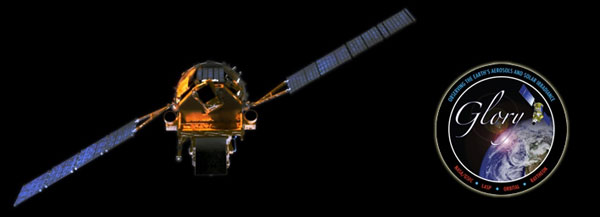Asia-Pacific
Glory satellite fails to make orbit: NASA
(Agencies)
Updated: 2011-03-04 22:22
 |
Large Medium Small |
|
 A rocket carrying the Glory Earth-observing satellite, shown in this undated handout drawing from NASA, launched on March 4, 2011, but failed to place the satellite into orbit, sending both plummeting into the Pacific, NASA said on Friday. [Photo/Agencies] |
The space agency said a protective covering on the Taurus XL rocket did not separate as planned three minutes after launch at 5:09 am EST/1009 GMT. With the covering intact, the rocket was too heavy to get the satellite into orbit.
| ||||
The satellite and rocket were built by Virginia-based Orbital Sciences Corp, which suffered a similar failure with a Taurus XL rocket in 2009 on another NASA launch.
After that failure, Orbital Sciences redesigned the system for shedding the protective covering.
Ron Grabe of Orbital Sciences said the company considered the problem to be fixed and had carried out three successful launches with the new system before Friday's failure.
The Glory satellite was to have provided scientists information on how the sun and atmospheric particles called aerosols affected Earth's climate.
The satellite had been scheduled for launch February 23 but was delayed by a computer problem.
Orbital Sciences has been expected to be among the private companies that will be used to get cargo to the International Space Station once NASA retires its shuttle fleet.
| 分享按钮 |


